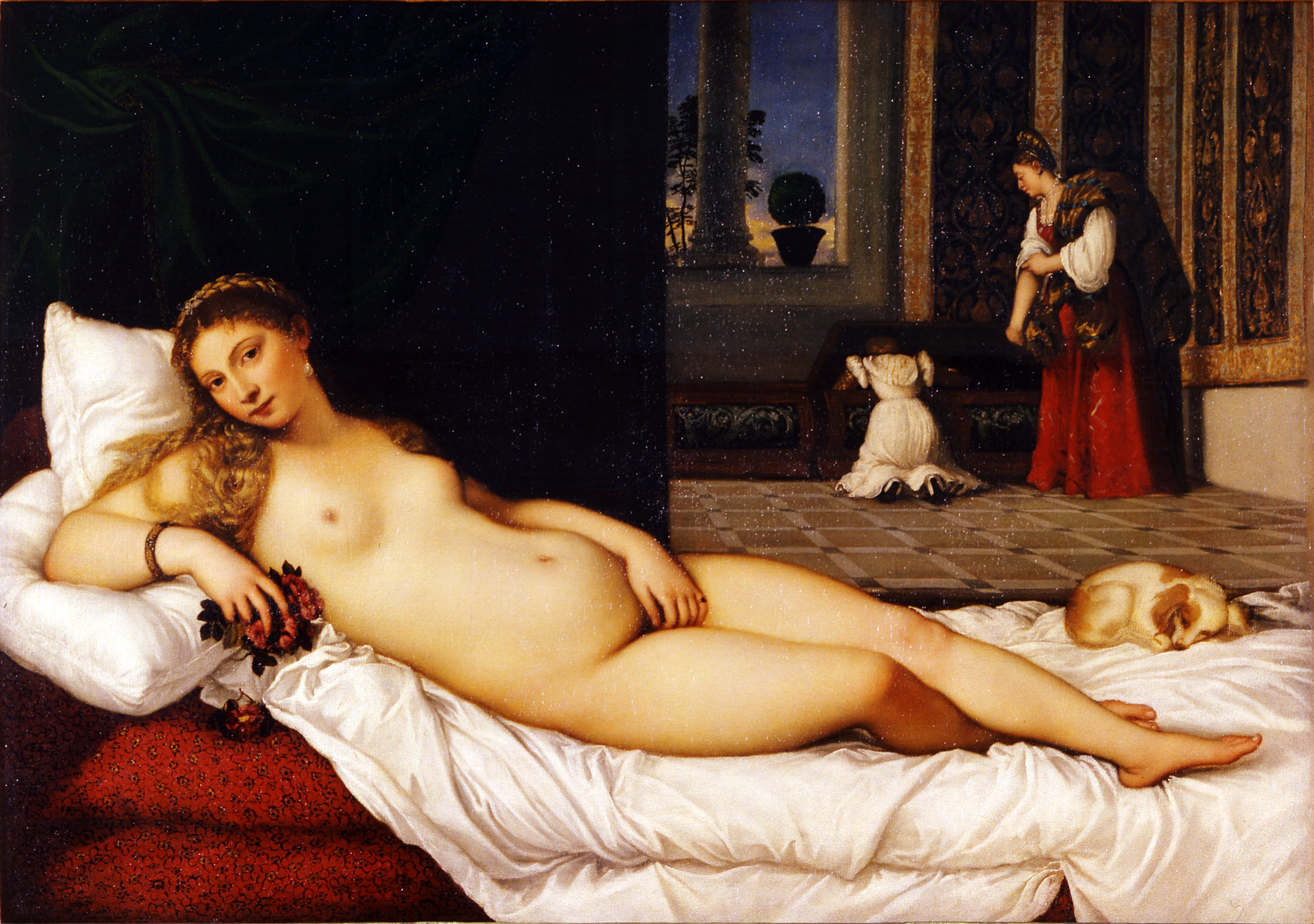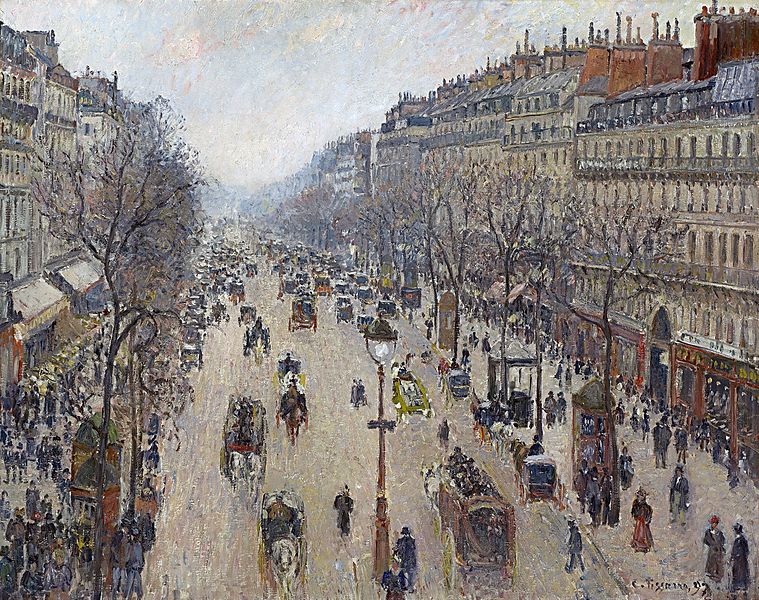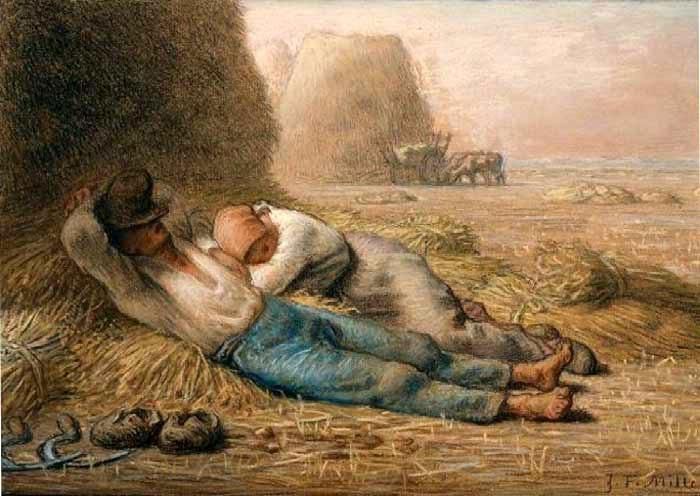 |
| Robert Motherwell, Iberia, 1958 |
From Stray Birds
by Rabindranath Tagore
Every child comes with the message that God is not yet discouraged of man.
The grass seeks her crowed in the earth.
The tree seeks his solitude of the sky.
Man barricades against himself.
Your voice, my friend, wanders in my heart, like the muffled sound of the sea among these listening pines.
What is this unseen flame of darkness whose sparks are the stars?
A witness to the Spanish Civil War and its atrocity, Robert Motherwell later devoted a series of abstract paintings to the experience, revolving the theme of black and white, and the inexorable circle of life and death. Was he disappointed in humanity, faithless? As the black so overwhelmingly dominates the canvas. Or was there still hope? As light still shines through the corner. Were children the solution, whose innocence forces history to turn to a new page? Perhaps the answer is just behind the unseen flame of darkness.
Editor's Note: Students were asked to match a poem to a picture. They could do so with or without comment; they could be serious or playful. We will leave it to our dear readers to make the connection.
Editor's Note: Students were asked to match a poem to a picture. They could do so with or without comment; they could be serious or playful. We will leave it to our dear readers to make the connection.



























